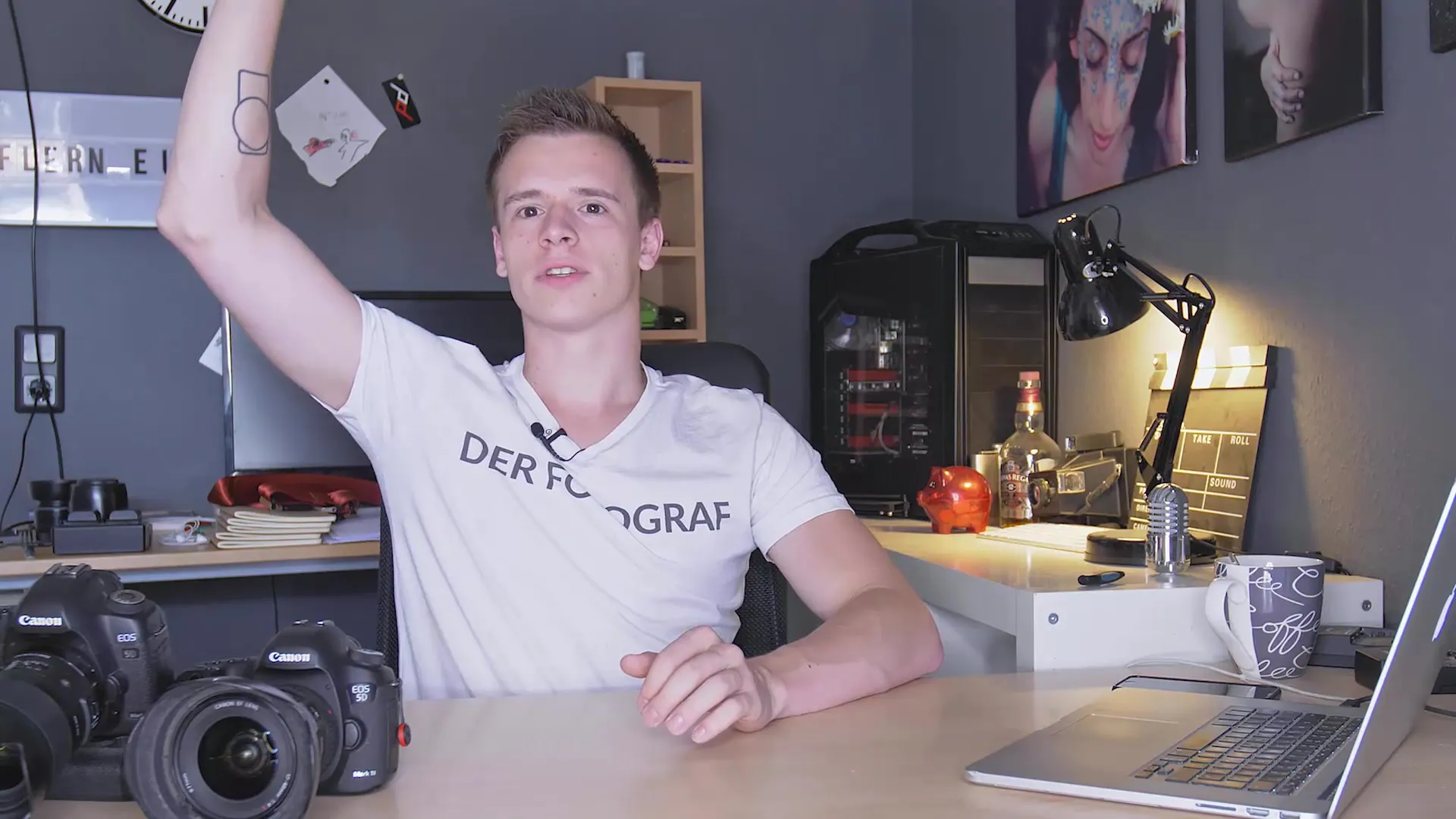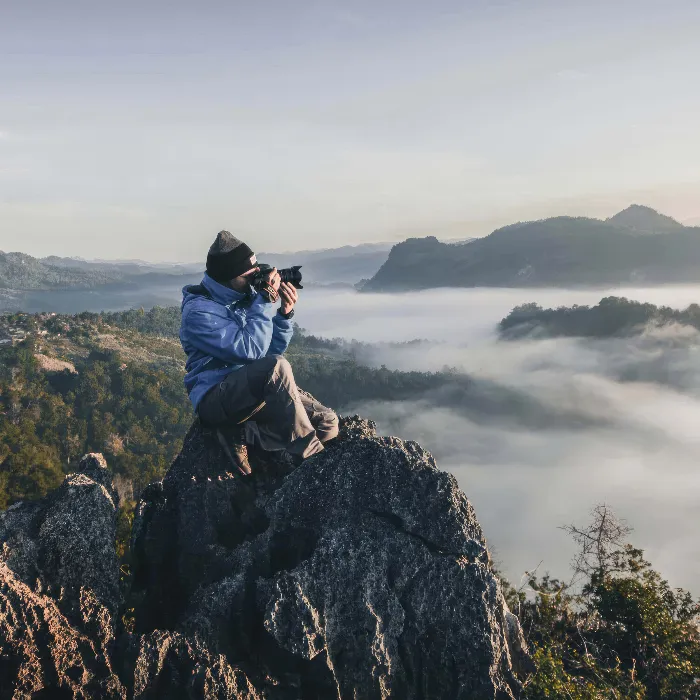If your image looks strange and you don't know why, it could be due to the crop. Especially in photography of people, the crop is crucial to avoid unflattering representations. In this guide, you will learn how to optimally use cropping when photographing portraits. Let's dive right into the details.
Key Insights
- Be careful not to crop people at joints to avoid an unflattering appearance.
- Place the crop at harmonious points, such as the thigh, to make images look more natural.
- Avoid cropping the head at the forehead to prevent awkward representations.
- Experiment with cropping to find what works best for your shots.
Step-by-Step Guide
1. Understanding the Crop
The crop is the point where an image ends. Often, we crop images at places that leave an unharmonious impression. To illustrate this, imagine cropping off a person's arm. If the forearm is visible but the hand is not, it looks strange, as if the person has no hand. Instead, you should ensure that the crop is harmonious.
2. Clear Cropping of Body Parts
A clear crop is especially important when looking at hands or feet. Avoid cropping directly at joints – place the crop in the middle of the forearm or upper arm. This provides better perception in the brain and makes the person appear less "fat." Cropping through a thigh makes the image much more harmonious.

3. The Challenge of Joints
Cutting through joints, such as the knee, gives the impression that the legs look thicker. The brain cannot develop a logical perception of the body contour if it thinks that the leg simply ends at that point. Knowing where the crop lies and setting it accordingly makes a big difference.
4. The Head as a Challenge in Portraits
When photographing a person's head, it is crucial where you set the crop. A cut that is only slightly through the hairline can appear intimate. In contrast, if you cut through the forehead, it looks like the head simply ends. Pay attention to how the person's hairstyle looks to avoid the impression of a "water head."
5. The Rule of Thirds in Cropping
Remember to apply the rule of thirds in portraits. You should never center everything, as too much space above the person's head is unflattering. The crop should be both tight and high enough without leaving too much space above the person. As you try different options, you will discover what works best.
6. Willingness to Experiment and Adjust
Experimenting with cropping can help you achieve the best results. You can play with different cutting heights and widths to find what works for your specific image. However, always ensure not to crop at joints to avoid unflattering results.
Summary – Mastering the Art of Cropping
The crop is a crucial element in photography, especially in portraits. You have learned where to crop to ensure a harmonious representation. By applying the right techniques and experimenting with cuts, you can effectively improve your images and avoid awkward representations.
Frequently Asked Questions
What role does cropping play in photography?The crop affects the perception of proportions and can greatly influence the appearance of the depicted individuals.
How can I avoid unflattering cropping?Do not crop at joints, but use harmonious cropping points to make the image look more natural.
Can I adjust crops in post-processing?Yes, you can make adjustments in image editing, but it is better to consider this while photographing.
When should I apply the rule of thirds?The rule of thirds should be used in every portrait to achieve a balanced composition.
How can I experiment to find the best crop?Take test shots with different cutting heights and widths and analyze the results to find your optimal settings.


